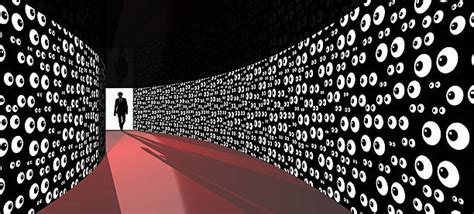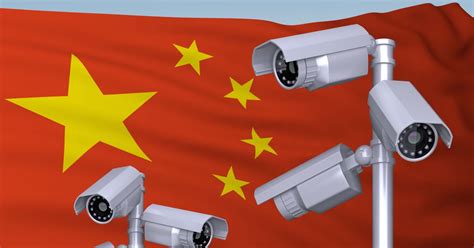are you always being watched in china ,China surveillance news,are you always being watched in china, Worse still, Chinese citizens are being asked (demanded) to install software in their phones that tracks their downloads and if you’re Chinese and visit a site banned by the .
Capture great deals on stylish Patek Philippe Men's Watches at the lowest .

In today’s digital age, the rapid evolution of surveillance technology has sparked debates worldwide. Many countries are increasing their monitoring efforts, but one nation stands out for the sheer scale and scope of its surveillance infrastructure: China. Research firm Comparitech estimates that the average Chinese city has more than 370 security cameras per 1,000 people. This places China far ahead of other major cities in terms of surveillance, including global capitals like London, which has just 13 cameras per 1,000 residents, and Singapore, which has 18.
While the numbers themselves are staggering, they are only the tip of the iceberg when it comes to understanding the full extent of China's surveillance state. This article will delve into the rise of China's surveillance apparatus, its impact on privacy, and how the nation uses technology to maintain control and monitor its citizens. From the use of facial recognition technology to social credit systems, we will explore the evolving narrative of “Big Brother” in China, looking at both the advantages and ethical concerns of such a surveillance-heavy society.
Big Brother is Always Watching: China’s Surveillance Infrastructure
In a world where surveillance is becoming increasingly ubiquitous, China has emerged as a global leader in deploying advanced monitoring systems. The most visible manifestation of this surveillance state is the enormous number of cameras scattered throughout the country. According to Comparitech, there are an estimated 200 million surveillance cameras in China—one for every seven citizens—many of which are connected to a central monitoring system, providing real-time data and video feeds to law enforcement and other government agencies.
The Chinese government justifies this surveillance as a means of maintaining social order, reducing crime, and ensuring public safety. However, critics argue that this overwhelming presence of cameras and monitoring devices goes far beyond simple security, raising serious concerns about privacy violations and state control over citizens’ daily lives.
The Role of Facial Recognition Technology
Facial recognition technology is one of the most advanced forms of surveillance deployed in China. This technology allows authorities to track individuals in real-time, even in crowded public spaces, by scanning their faces through the lens of security cameras. The Chinese government has invested heavily in developing and implementing facial recognition systems across the country, with cities like Beijing and Shanghai having hundreds of thousands of cameras equipped with this technology.
In practice, this means that anyone walking in public spaces, whether they are aware of it or not, is subject to being identified by facial recognition software. The technology can match individuals against vast databases of personal information, including identification numbers, employment records, and even social media profiles. As a result, Chinese authorities can monitor the movements and activities of citizens with unparalleled accuracy.
One of the most notable examples of facial recognition being used in China is its application in the public transportation system. For instance, the Beijing subway system employs facial recognition technology to allow passengers to board without using tickets. This system has been expanded to other cities, further embedding surveillance into the daily routines of citizens. Beyond transportation, the use of facial recognition is also prevalent in schools, shopping malls, and public squares.
Critics argue that such widespread use of facial recognition contributes to a society where privacy is virtually non-existent. With such an extensive network of cameras, individuals are effectively being tracked wherever they go, and their movements and behaviors are recorded and analyzed by the government.
The Social Credit System
The social credit system is another key component of China’s surveillance infrastructure. Initially introduced in 2014, the social credit system was designed to promote “trustworthiness” among citizens by rewarding those who follow the law and penalizing those who engage in dishonest or antisocial behavior. It operates by monitoring various aspects of a person’s life, including their financial habits, social interactions, and even their behavior on the internet.
A person’s social credit score can be influenced by a wide range of factors, from paying bills on time to engaging in actions deemed “untrustworthy” by the government, such as criticizing the government on social media or failing to adhere to local laws. Individuals with high social credit scores enjoy a range of benefits, such as easier access to loans, priority seating on trains, and favorable treatment in job applications. On the other hand, those with low scores face penalties, such as being banned from traveling on planes or high-speed trains, or being excluded from certain employment opportunities.

are you always being watched in china Drawing on exclusive interviews with its owners and with workers and .
are you always being watched in china - China surveillance news